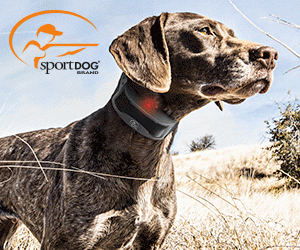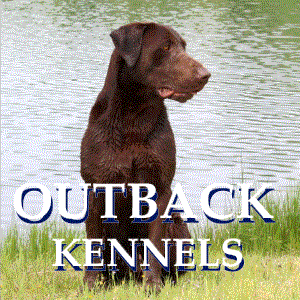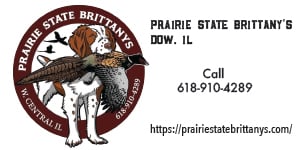Small Munsterlander
Find Small Munsterlanders for sale on this page
For more information about the Small Munsterlander Click hereThe Small Munsterlander is a versatile pointing, retrieving, and hunting German breed of dog. Although Munsterlanders resemble the spaniels and setters, they are more versatile, especially when hunting on land or water. Since hunting plays a massive role in this dog's happiness, most breeders prefer placing their puppies only in hunting homes. However, if you can take your dog on hunting trips, daily exercise, or provide him with a large fenced yard, he can be friendly, cheerful, and offer great company to your family. If you have a Small Munsterlander dog, you can have a great relationship with gentle handling and positive reinforcement. However, if you try to mistreat him or force him to do things, you will face stubborn resistance.
The Small Munsterlander requires to be groomed regularly, especially when he has been out in the field or hiking with you. It would help if you frequently combed his coat to prevent or remove tangles and mats. Bathe him every six months while still offering routine care like teeth brushing, nail trims, and keep his ears clean and dry.
History
This breed of dog acquired its name from the town of Munster in Germany. This breed of dogs was created in the late 19tth century when the German Longhaired Pointers were crossed with Wachtelhunds (the longhaired spaniels). The main objective was to breed a multipurpose dog that could point and track wounded or dead game. The Small Munsterlander nearly became extinct during World War II due to food shortage. However, the breed was revived in Germany, and it has since spread to other countries like Belgium, Netherlands, and the Czech Republic. This breed of dog has gained popularity in other countries because of their small size, versatile hunting aptitudes, and family-friendly nature. The Small Munsterlander Club of North America is helping the breed develop in the US while the United Kennel Club recognized the Small Munsterland as a breed in 2006.
Description
The Small Munsterlander is medium-sized, displaying elegance and strength. The breed has a distinguished head, flat skull, subtle stop, and a muzzle that's long and powerful. Its lips, eyes, eyelids and nasal cartridges are pigmented brown with large teeth that are set square to the jaw bone.
The tail (plays a huge role in signaling the hunter) is long, set high and well feathered. Their chest is more profound than broad with a sternum that extends to meet the tuck abdomen. The dense coat of Small Munsterlander is medium to long and slightly wavy. The rear of the limbs and the tail are feathered to provide much-needed warmth when hunting in cold weather or water. This breed of dog is either a mixture of white and brown or flecked brown roan color. The tip of the tail should always be white to make it easy for the hunter to spot it/enhance visibility when hunting in dense vegetation. The males have a height of 52 - 56 cm and weigh between 24 and 27 kg. On the other hand, females have a height of 50 to 54 cm and weigh 22 to 25 kg.
Hunting Aspects
These hunting dogs show remarkable attentiveness to its handler while still tracking its prey using all its senses. Even though the Small Munsterlander is a bird dog, it can also a self-driven hunter-pointer-retriever while hunting or in the field. Successful owners can use both verbal and non-verbal cues to direct their dogs. As a result, the breed is attuned to human emotions and communication, thus a great family dog. This dog is also affectionate since it noses its way into their laps when seeking attention! This breed of dog needs plenty of daily exercises and a chance to express & develop their strong instincts in tracking, pointing, and retrieving. It is hard to find the Small Munsterlander breed of dog showing territorial or aggressive behaviors. However, since the Small Munsterlander has a strong hunting drive, allow it to mix with your cats under supervision. When compared to any pedigree dogs, the Small Munsterlander is easily trainable. Their eagerness to please, intelligence, and fantastic memory give them an upper hand.
Grooming
Grass seeds, twigs, and leaves are some of the items entangled in the hairs of the Small Munsterlanders. Ergo, regular brushing at least thrice a week to prevent the coat tangles growing into mats is recommended. Additionally, use a suitable dog shampoo every 6-8 weeks to wash your dog. Shampooing improves the appearance, texture, and smell of the coat. Finally, to simplify coat management, you should consider shortening the limb and tail feathers. The Small Munsterlander has a life expectancy of 12 to 13 years.
All | Pointer | Retrievers | Flushers | Versatile | Hounds | Terriers
Have a hunting dog for sale? List it here for Free.
Gun Dog Chat
View Kennel

SMALL MUNSTERLANDER PUPPIES WHELPED 6/16/25
Click for Details
















